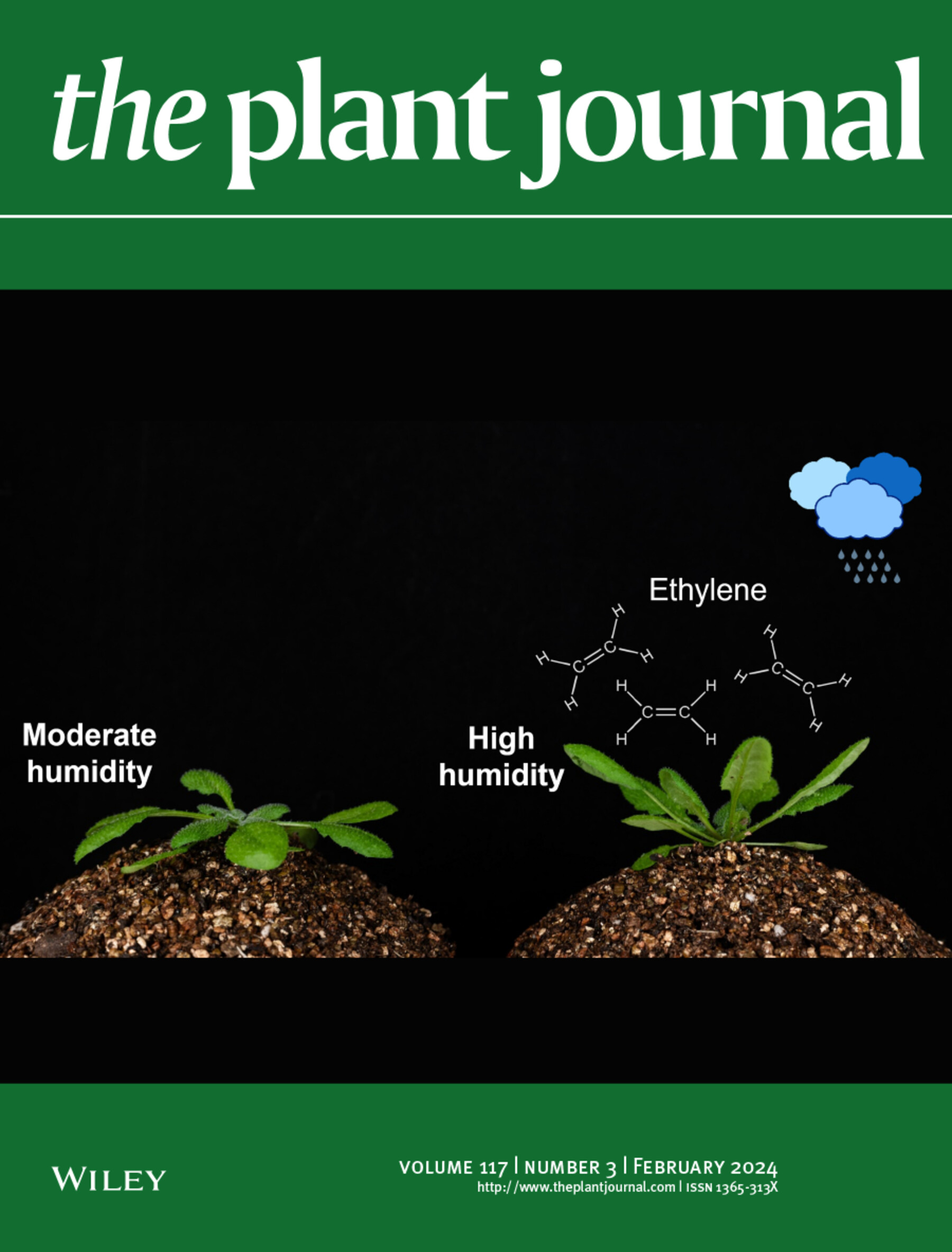摘要
有机酸是肉质水果风味的主要成分。在猕猴桃中,Al-ACTIVATED MALATE TRANSPORTER 基因(AcALMT1)是柠檬酸盐积累的关键,而驱动苹果酸盐代谢的因素在很大程度上仍然未知。在猕猴桃(Actinidia chinensis cv "Hongyang")的生长发育过程中,观察到苹果酸含量在盛花期后 6 至 12 周(WAFB)之间迅速下降,并利用 RNA-seq 分析对此进行了研究。共表达网络分析表明,叶绿体定位的 AcPNAD-MDH1(质体定位的 NAD 依赖性苹果酸脱氢酶)的表达与苹果酸含量呈负相关。在猕猴桃中过表达 AcPNAD-MDH1 会导致叶片中苹果酸和柠檬酸含量降低。在与 AcPNAD-MDH1 表达高度相关的 15 个转录因子中,AcSQBP9(SQUAMOSA PROMOTER-BINDING PROTEIN)被证明能直接结合 AcPNAD-MDH1 的启动子,抑制其转录活性。此外,通过 CRISPR-Cas9 诱变猕猴桃中的 AcSQBP9,苹果酸盐和柠檬酸盐的含量显著下降,同时 AcPNAD-MDH1 的表达量增加。PNAD-MDH和SQBP在水果代谢中的研究还不多,因此本项以全微观为导向的研究为猕猴桃和一般植物的有机酸代谢提供了启示。Organic acids are major contributors to the flavor of fleshy fruits. In kiwifruit, the Al-ACTIVATED MALATE TRANSPORTER gene (AcALMT1) is key to the accumulation of citrate, while factors driving malate metabolism remain largely unknown. During kiwifruit (Actinidia chinensis cv “Hongyang”) development, a rapid decline of malate content was observed between 6 and 12 weeks after full bloom (WAFB), which was studied using RNA-seq analysis. Co-expression network analysis indicated that expression of the chloroplast localized AcPNAD-MDH1 (Plastid-Localized NAD-Dependent Malate Dehydrogenase) negatively correlated with malate content. Overexpression of AcPNAD-MDH1 in kiwifruit resulted lower malate and citrate content in leaves. Among 15 transcription factors that are highly correlated with the expression of AcPNAD-MDH1, AcSQBP9 (SQUAMOSA PROMOTER-BINDING PROTEIN) was shown to directly bind the promoter of AcPNAD-MDH1 to repress transcriptional activity. Moreover, targeted CRISPR-Cas9-induced mutagenesis of AcSQBP9 in kiwifruit produced a significant decrease in malate and citrate, accompanied by an increase in AcPNAD-MDH1 expression. Both PNAD-MDH and SQBP have not been widely studied in fruit metabolism, so the present omics-oriented study provides insights for both kiwifruit and general plant organic acid metabolism.

 求助内容:
求助内容: 应助结果提醒方式:
应助结果提醒方式:


